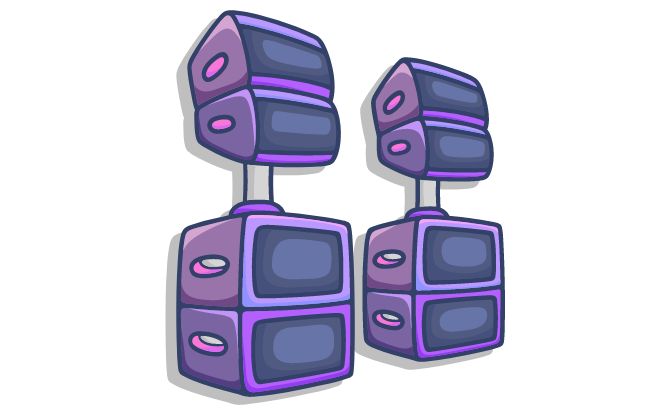A sound system is key for great live sound that grabs the audience. For concerts, conferences, or theater, the sound system is crucial. It makes sure every word and sound is clear to the listeners.
A properly installed sound system is a means to achieving good sound. In the hands of a proficient sound operator, it is a tool that can be used to connect the stage to the audience.
We’ll explore what sound systems are, what they do, and how they work.
What is a Sound System?
A sound system is made up of set of equipment that works together to make audio louder and clearer.
It is an electrical system that has has components like microphones that capture. It also has mixers and signal processors that mix and tweak sounds, and amplifiers to make them louder before they are sent out again through loudspeakers.
You will find sound systems everywhere like at live events, theaters and other venues. It is a tool for communication. At a concert, it helps every note touch the audience’s heart. At a conference, it ensures voices are heard. This makes the experience much better for everyone.
A great sound setup can make listeners feel different emotions. It helps the audience connect with what’s happening on stage.
Purpose of Sound System
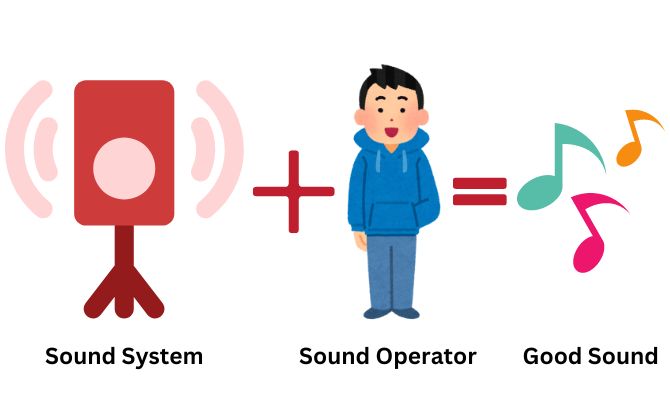
At the simplest level, the sound system’s job is to take sound waves, turn them into electrical signals, and change them as needed. Then, it turns them back into sound waves for us to hear.
As part of the process of making the sound louder, the signals can also be “edited” for better sound quality. It helps create a better listening experience for the audience.
Three Parts of a Sound System
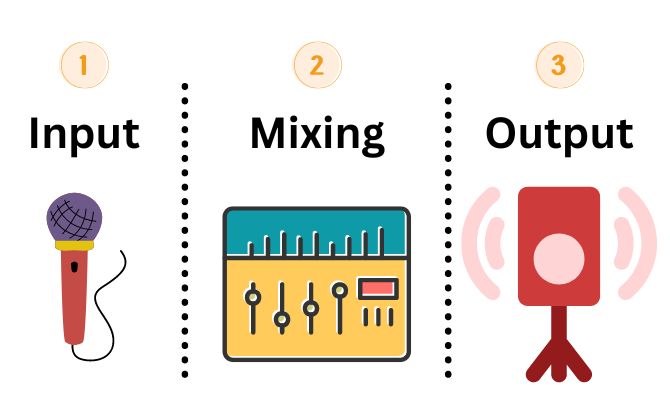
A sound system has three main parts of stages: input, mixing and processing, and output. Each of these parts is key for great sound.
The input stage catches sound. It does this using equipment like microphones. Mics turn sound waves into signals. Another way that sound can enter into the sound system is music players. These input sound as electrical signals directly into the sound system.
In the mixing and processing stage, we adjust sounds from different sources. This makes the sound mix good and balanced. We use mixers and signal processors to change and better the sounds. Mixers help with volume and tone controls. Signal processors add cool effects and make the sound clearer.
The last part is the output stage. This is where sound reaches listeners through speakers. Amplifiers make the signals strong enough for the speakers. Then, speakers turn signals into sound that we can hear.
The sound system’s three steps, from input to mixing, and then to output, all work together. They help make sound experiences that draw in and keep the attention of listeners.
Input Stage of the Sound System
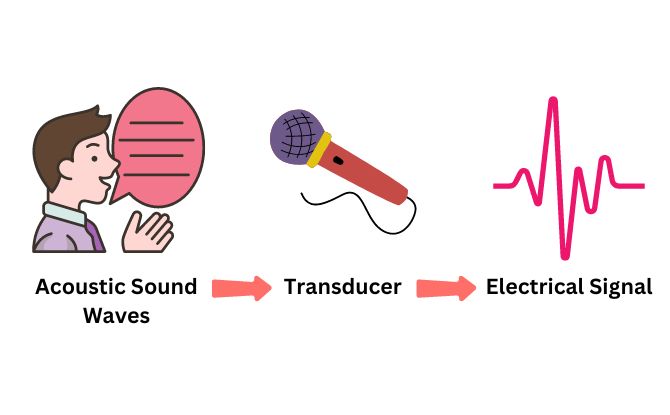
The input stage of a sound system captures sound through devices. Microphones are transducers – that means they change energy from one form to another. In this case, they change sound waves (mechanical energy) into electrical signals.
There are many types of microphones. One of the most commonly used one is a dynamic microphone.
Dynamic microphones have a diaphragm that moves to sound waves. This diaphragm is linked to a coil that moves in a magnet field. This creates electrical signals of the sound. These signals then go to the next steps in the system.
Other equipment like electric guitars and keyboards already produce an electrical signal on their own. To input these in musical instruments into the sound system, we can use equipment known as a direct boxes, or DI boxes. These allow musical instruments to work well with the system.
Mixing and Processing Stage of a Sound System
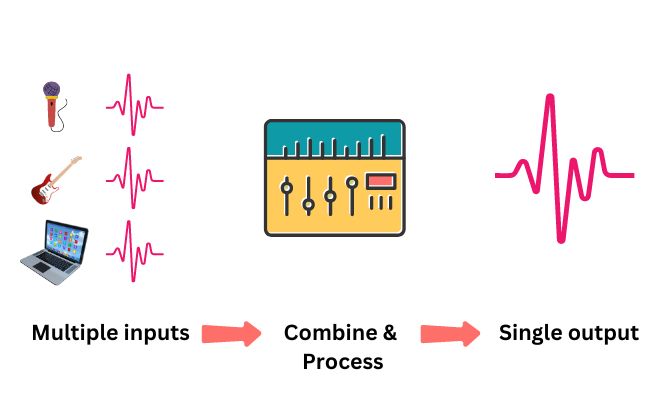
The mixing and processing stage is key to a great sound mix. It is here that the raw audio signals are combined and adjusted for the audience.
Mixers are at the core of this stage. They let audio engineers control the sound of different signals. Audio engineers also use the mixers to create a balanced sound mix.
Mixers have onboard processors suchas basic equalizers that can be used for fine-tuning audio signals. This helps make sure all instruments and vocals are clear. Signal processors such as reverb units can also help to improve sound quality and add effects.
For more advanced sound work, outboard signal processors are used. They provide more options for tweaking the sound. With these, engineers can get the exact sound they want.
Output Stage of a Sound System
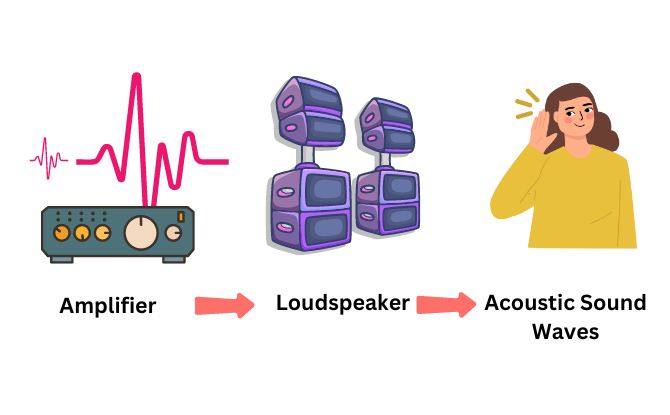
The sound system’s final stage is the output stage. It is here that electrical signals are converted into acoustical sound for the audience’s ears.
This stage is made up of amplifiers and loudspeakers. Amplifiers boost the electrical signals’ from the mixers. This gives the signal from the mixer enough power to drive the loudspeakers and push the air to create sound waves.
Amplifiers make the music loud. They take mixed signals and make them stronger. This is so they can power the speakers. Amplifiers handle more voltage and current. They make sure the sound is good and powerful.
Loudspeakers turn the electric signals back into sound. They are built with a cone that can move back and forth in a magnetic field. The motion creates sound waves.
Key Takeaways: Three Stages of a Sound System
- A sound system is the foundation for achieving high-quality live sound in various events and performances.
- The purpose of a sound system is to enhance audio quality, reinforce sound, and create a memorable audience experience.
- A sound system consists of three stages: input, mixing and processing, and output.
- The input stage involves capturing sound through microphones, direct boxes and audio players.
- The mixing and processing stage allows for the adjustment and manipulation of audio signals.
- The output stage convert electrical signals in sound waves that can be heard by the audience.


